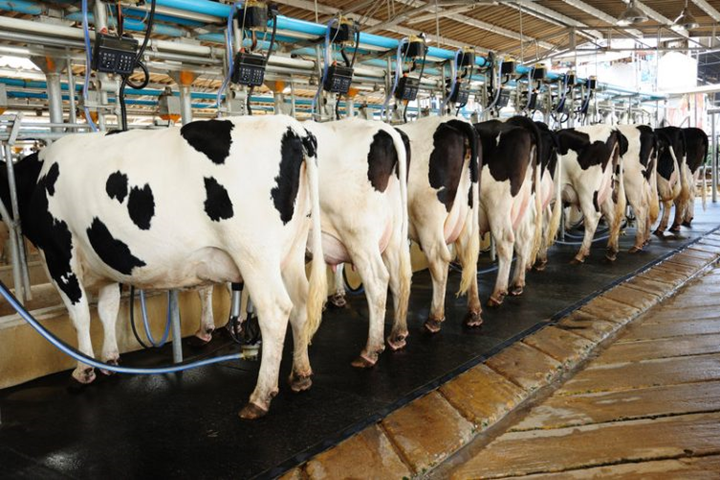Kenya’s dairy sector is a vital part of the economy, contributing 5% to GDP and supporting millions of livelihoods. However, farmers face numerous obstacles that hinder productivity, profitability, and sustainability. Below are the major challenges:
1. High Feed Costs & Scarcity
-
Rising feed prices: Dairy meal and protein supplements are expensive, consuming 70% of production costs .
-
Poor-quality fodder: Many farmers rely on crop residues (maize stalks, groundnut waste), leading to low milk yields .
-
Drought & climate shocks: Erratic rainfall reduces pasture and silage production, forcing farmers to buy feed at high prices .
Solutions:
-
Grow drought-resistant fodder (e.g., Napier grass, Lucerne).
-
Adopt silage-making to preserve feed for dry seasons .
2. Artificial Insemination (AI) Challenges
-
High cost & unreliable services: AI costs KSh 3,500 per attempt, with risks of expired semen or failed inseminations .
-
Limited access: Private providers are scarce in rural areas, delaying breeding cycles .
-
Poor genetics: Low-quality semen leads to weak calves and low-yielding cows .
Solutions:
-
Government-subsidized AI centers.
-
Training farmers on heat detection to optimize AI timing .
3. Animal Diseases & Poor Veterinary Services
-
Tick-borne diseases (East Coast Fever), mastitis, and Foot-and-Mouth Disease reduce productivity .
-
Limited vet access: Remote farmers struggle to get timely treatment .
-
High medication costs: Drugs and vaccines are unaffordable for smallholders .
Solutions:
-
Regular vaccination & spraying programs.
-
Mobile vet clinics and community-based animal health workers .
4. Poor Milk Market Access & Price Volatility
-
Middlemen exploitation: Farmers sell milk cheaply (KSh 30–40/liter) while processors pay KSh 50–60 .
-
Lack of cold storage: Milk spoils before reaching markets due to poor roads & power outages .
-
Unregulated informal markets: No quality control, leading to low prices .
Solutions:
-
Cooperatives for collective bargaining.
-
Milk coolers & solar-powered chilling plants .
5. Climate Change & Water Scarcity
-
Droughts reduce pasture and water availability, lowering milk production .
-
Heat stress affects Friesians, reducing yields by 20–30% .
Solutions:
-
Rainwater harvesting & drip irrigation.
-
Shade structures & cooling systems for cows .
6. Lack of Technology & Training
-
Low adoption of digital tools: Only 10% of farmers use apps like DigiCow for herd management .
-
Outdated farming methods: Many rely on manual record-keeping, leading to inefficiencies .
Solutions:
-
Mobile-based advisory services (e.g., DigiCow SMS alerts).
-
Farmer training programs on modern dairy practices .
7. Policy & Infrastructure Gaps
-
Weak enforcement of dairy regulations: Informal milk trade dominates, hurting quality standards .
-
Poor roads & electricity: Hinder milk transportation and cold storage .
Solutions:
-
Government investment in dairy hubs & milk collection centers.
-
Subsidies for solar-powered milk coolers.
Conclusion
Kenyan dairy farmers face feed shortages, disease, poor markets, and climate risks, but solutions like cooperatives, AI improvements, and tech adoption can boost productivity.
🚜 Need dairy farming support?
📍 Contact Uwezo Farm, Nyandarua
📞 0717 548 103 | ✉ info@uwezofarm.co.ke
For training, breed selection, and farm management advice, reach out today! 🐄

